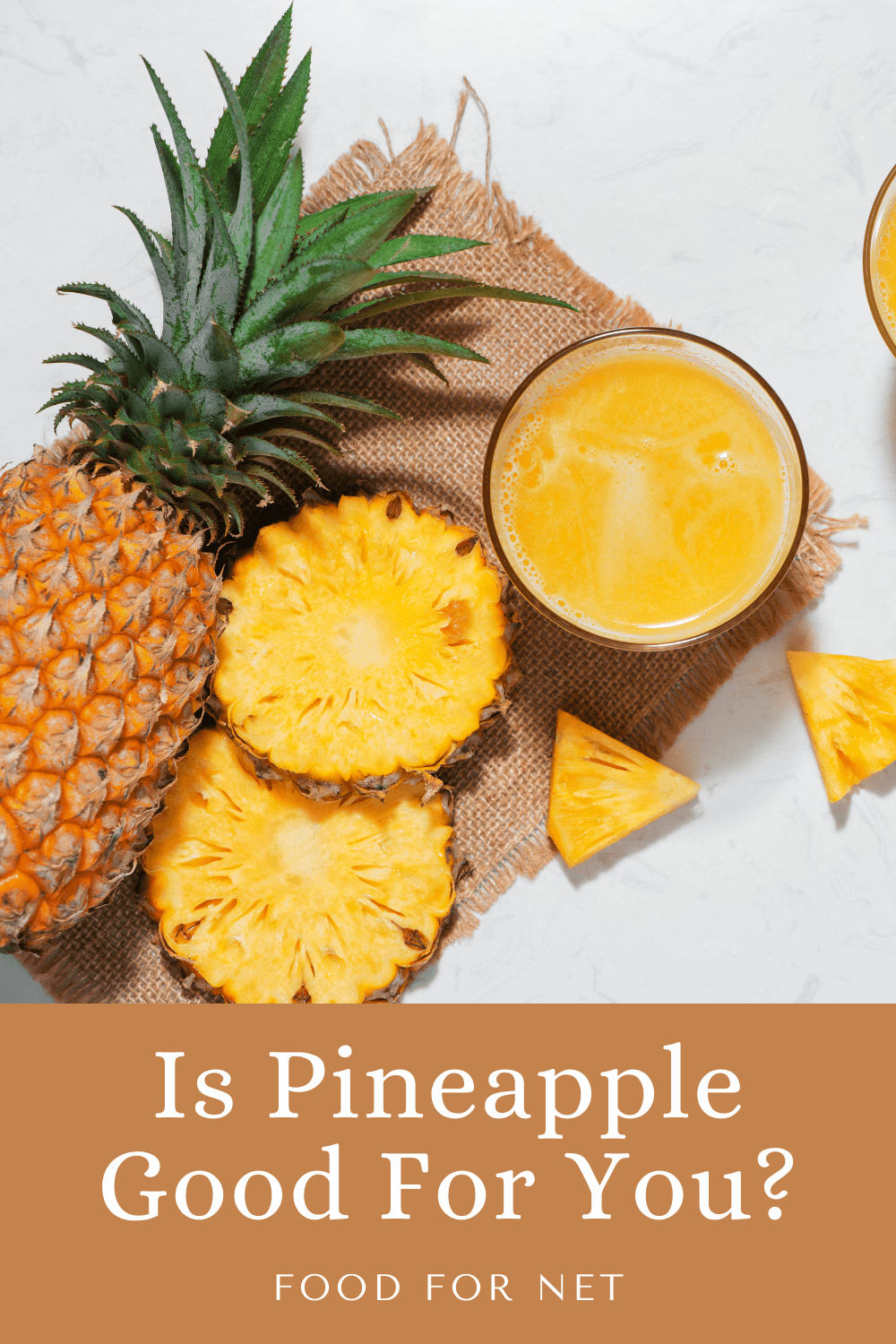When it comes to choosing the perfect pineapple, there are several key factors to consider. Whether you're a seasoned chef or a home cook looking to elevate your fruit game, knowing how to check if pineapple is good can make all the difference in your culinary creations. Pineapples are not only delicious but also packed with essential vitamins and antioxidants, making them a healthy addition to any diet. However, selecting a ripe pineapple isn't always straightforward, and many shoppers find themselves overwhelmed by the options at the grocery store. This guide will walk you through the essential steps to ensure you always pick the best pineapple every time.
Understanding the nuances of pineapple selection requires a combination of sensory evaluation and practical knowledge. From examining the exterior to sniffing for that quintessential tropical aroma, each step plays a critical role in determining the fruit's quality. Moreover, with the increasing demand for fresh produce, consumers are becoming more discerning about their choices. As such, learning how to check if pineapple is good empowers you to make informed decisions that enhance both flavor and nutrition.
This article delves into the intricacies of pineapple selection, offering expert tips and tricks to simplify the process. Whether you're purchasing for a family gathering or planning a tropical-themed dinner party, the insights provided here will ensure you select a pineapple that meets your expectations. By mastering these techniques, you'll not only improve your shopping experience but also elevate your cooking and entertaining skills.
Read also:Deadliest Tornadoes In History A Comprehensive Analysis
Why Is It Important to Know How to Check If Pineapple Is Good?
Pineapple is a versatile fruit that can be enjoyed fresh, grilled, juiced, or even incorporated into savory dishes. However, its flavor and texture are heavily influenced by its ripeness. A perfectly ripe pineapple delivers a sweet, juicy, and aromatic experience, while an underripe or overripe one can leave a sour or mushy impression. Knowing how to check if pineapple is good ensures you consistently enjoy the best quality fruit. Additionally, understanding the selection process can save you money by avoiding wasted produce and enhancing your overall shopping efficiency.
Consumers are increasingly prioritizing freshness and quality in their produce purchases. This trend underscores the importance of learning how to evaluate pineapples effectively. By honing your skills in pineapple selection, you align with modern culinary trends while ensuring your meals are both satisfying and nutritious. Furthermore, a ripe pineapple is rich in vitamin C, manganese, and bromelain, offering numerous health benefits that contribute to overall well-being.
How to Check If Pineapple Is Good: Key Factors to Consider
Selecting the ideal pineapple involves a combination of visual, tactile, and olfactory assessments. First, examine the exterior of the fruit for a golden-yellow hue, which indicates ripeness. Avoid pineapples with soft spots, bruises, or mold, as these are signs of spoilage. Next, gently press on the pineapple's surface; it should yield slightly to pressure without feeling too firm or mushy. Finally, take a sniff near the base of the pineapple. A sweet, fragrant aroma is a strong indicator of ripeness, while a lack of smell may suggest underripeness.
What Are the Common Mistakes People Make When Choosing Pineapples?
Many shoppers make the mistake of focusing solely on the pineapple's crown or size when making their selection. While a lush green crown might seem appealing, it doesn't necessarily correlate with ripeness. Similarly, larger pineapples aren't always better; smaller ones can be just as sweet and juicy. Another common error is neglecting to check the base of the fruit for aroma, which is one of the most reliable indicators of quality. By avoiding these pitfalls and relying on a comprehensive evaluation process, you'll consistently select the best pineapples available.
What Should You Look for in a Ripe Pineapple?
When assessing a pineapple's ripeness, pay attention to its color, texture, and weight. A ripe pineapple typically features a vibrant golden-yellow exterior, particularly around the middle and bottom sections. The skin should feel firm yet yield slightly to pressure when pressed gently. Additionally, a ripe pineapple will feel heavier than it looks due to its high juice content. These characteristics collectively signal that the fruit is at its peak flavor and juiciness.
How Can You Tell If a Pineapple Is Overripe?
An overripe pineapple often exhibits signs such as excessively soft spots, a strong fermented smell, or darkened areas on its skin. While some softness is normal, excessive mushiness indicates spoilage. Overripe pineapples may also develop a sour or alcoholic aroma, which is a clear warning sign to avoid them. If you notice any of these characteristics, it's best to pass on the pineapple and select a fresher option instead.
Read also:Decoding The Phrase What Does Nothing Is Outstanding Meaning Truly Imply
Can You Rely on the Pineapple's Crown to Determine Ripeness?
While the pineapple's crown can provide some clues about its overall health, it's not a reliable indicator of ripeness. A lush green crown suggests the fruit was healthy at harvest, but it doesn't guarantee the pineapple is ready to eat. Instead, focus on the fruit's color, texture, and aroma to make a more accurate assessment. That said, a crown that's brown or wilting may indicate the pineapple is past its prime, so it's worth checking for other signs of spoilage if you notice this issue.
What Are the Health Benefits of Eating Ripe Pineapples?
Ripe pineapples are an excellent source of essential nutrients, including vitamin C, manganese, and dietary fiber. They also contain bromelain, an enzyme with anti-inflammatory properties that supports digestion and overall health. Consuming ripe pineapples can boost your immune system, improve skin health, and promote better cardiovascular function. To maximize these benefits, it's crucial to know how to check if pineapple is good before purchasing, ensuring you enjoy the fruit at its nutritional peak.
How Can You Store Pineapples to Maintain Their Quality?
Proper storage is key to preserving the quality of your pineapples. Whole, uncut pineapples can be stored at room temperature for up to five days, but they should be kept away from direct sunlight and heat sources. If you need to extend their shelf life, you can refrigerate them, though this may slightly reduce their sweetness. Once cut, pineapples should be stored in an airtight container in the refrigerator and consumed within a few days for optimal freshness.
How to Check If Pineapple Is Good: Step-by-Step Guide
Follow these steps to ensure you always select the best pineapple:
- Examine the fruit's color, looking for a golden-yellow hue.
- Gently press on the pineapple's surface to assess its firmness.
- Sniff the base of the pineapple for a sweet, fragrant aroma.
- Check the weight of the pineapple; a heavier fruit indicates juiciness.
- Avoid pineapples with soft spots, bruises, or mold.
How Does the Pineapple's Origin Impact Its Quality?
Pineapples grown in tropical regions such as Costa Rica, Thailand, and Hawaii are renowned for their superior quality and flavor. These areas provide the ideal climate for pineapple cultivation, resulting in sweeter, juicier fruits. While imported pineapples may vary slightly in taste depending on their origin, knowing how to check if pineapple is good allows you to compensate for these differences and still select the best option available.
How Can You Use Pineapples in Your Cooking?
Pineapples are incredibly versatile and can be incorporated into a wide range of dishes. Try grilling slices for a caramelized dessert, blending them into smoothies for a tropical twist, or adding chunks to salads for a refreshing crunch. Pineapples also pair beautifully with savory ingredients, making them a great choice for stir-fries, salsas, and even pizza toppings. By experimenting with different recipes, you can fully appreciate the unique flavors and textures of this incredible fruit.
Final Thoughts on How to Check If Pineapple Is Good
Selecting the perfect pineapple requires a combination of knowledge, practice, and sensory evaluation. By following the tips outlined in this guide, you'll develop the skills needed to consistently choose high-quality pineapples that enhance your culinary experiences. Remember to consider factors such as color, texture, aroma, and weight when making your selection, and don't hesitate to rely on your instincts. With time and experience, you'll become a pineapple expert, ensuring every bite is as delicious as possible.
How Can You Share Your Pineapple Selection Tips with Others?
Whether you're hosting a dinner party or teaching friends how to shop for produce, sharing your pineapple selection expertise can be both rewarding and fun. Encourage others to practice the techniques discussed here and provide feedback on their results. By fostering a community of knowledgeable fruit enthusiasts, you'll not only improve your own skills but also inspire those around you to elevate their cooking and entertaining abilities.
Ultimately, mastering how to check if pineapple is good empowers you to make smarter shopping decisions while enjoying the many benefits of this remarkable fruit. So the next time you're at the grocery store, put these tips into action and discover the joy of selecting the perfect pineapple every time.
Table of Contents
- Why Is It Important to Know How to Check If Pineapple Is Good?
- How to Check If Pineapple Is Good: Key Factors to Consider
- What Are the Common Mistakes People Make When Choosing Pineapples?
- What Should You Look for in a Ripe Pineapple?
- How Can You Tell If a Pineapple Is Overripe?
- Can You Rely on the Pineapple's Crown to Determine Ripeness?
- What Are the Health Benefits of Eating Ripe Pineapples?
- How Can You Store Pineapples to Maintain Their Quality?
- How to Check If Pineapple Is Good: Step-by-Step Guide
- How Does the Pineapple's Origin Impact Its Quality?


